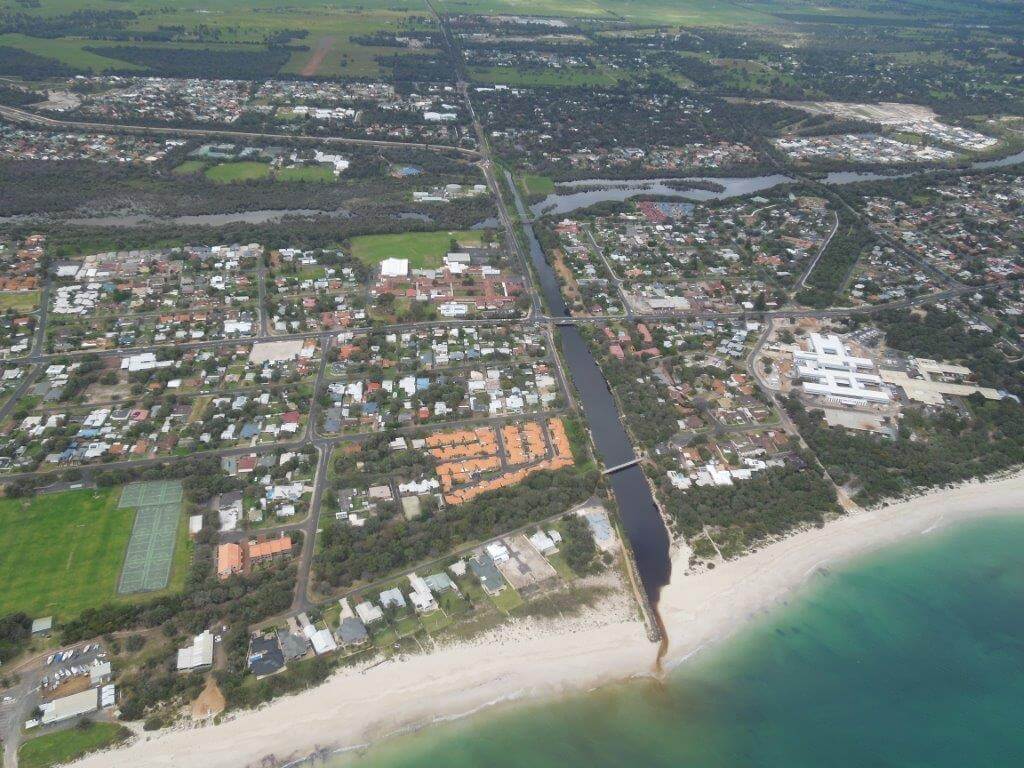Two important technical reports into the outcomes of reconnecting waterways in the Lower Vasse and Toby Inlet have been released this week as commitments under the Revitalising Geographe Waterways program.
The Reconnecting Rivers and Reconnecting Toby Inlet reports have been completed by the Department of Water and Environmental Regulation and are available on the Revitalising Geographe Waterways website.
The reports and supporting fact sheets outline key findings and recommendations from modelling investigations into a range of different scenarios to improve water quality by increasing flows into the Lower Vasse River and Toby Inlet.
“This work was very important to evaluate community concerns and ideas for increasing flows to improve water quality in the Lower Vasse River and Toby Inlet,” Vasse Taskforce chair Dr Sally Talbot MLC said.
“The findings of the reports are insightful and provide a good understanding to both the benefits and limitations of increasing flows.”
The Reconnecting Rivers study investigated options to increase flows into the Lower Vasse River and Vasse Estuary by re-diverting water from the Vasse Diversion Drain and utilising other sources of water from the catchment.
The investigation considered expected changes to flood risk and water quality through various modifications to rate the effectiveness of each scenario.
As a result, Water Corporation will be doubling the size of the culvert between the Vasse Diversion Drain and the Lower Vasse River during drain upgrades in 2019.
Further increases in culvert size and re-diverting flows back into the Lower Sabina River were not recommended because of the predicted increase to nutrient loads into the Vasse estuary.
“Many people see increasing flows as the answer to water quality problems in the waterways of the Geographe Catchment, and the department has scientifically followed through on these ideas,” Dr Talbot said.
“What the reports raise, and many of us don’t realise, is that many of these engineering options could actually have the opposite effect, because many of our rivers only flow in winter, when water quality conditions are good, and increasing flows off the catchment also increases nutrient loads.”
Dr Talbot said the main recommendation from the Reconnecting Toby Inlet study had also been adopted.
“The best option investigated was to maintain the Toby Inlet sand bar open over summer months, with modelling predicting that this action would flush over 70 per cent of the inlet with seawater.
“Vasse Taskforce partner the City of Busselton has already implemented this recommendation and opened the Toby Inlet bar in December 2017 and again in April this year, which has resulted in visual improvements in water quality.”
For copies of the reports and more information on the Revitalising Geographe Waterways initiative go to https://rgw.dwer.wa.gov.au/rgw-publications/.
Download factsheets:
